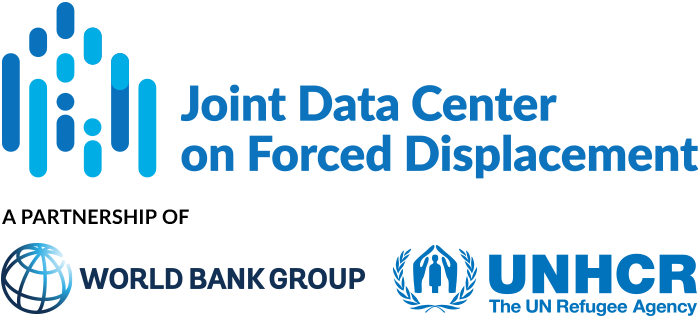Lebanon, a country with a population of 4.5 million, has received more than a million refugees since the outbreak of the Syrian civil war in 2011. Most Syrian refugees live in individual accommodation in Lebanese towns. This paper examines the effect of aid to...
JDC Literature Review
Is It Merely a Labor Supply Shock? Impacts of Syrian Migrants on Local Economies in Turkey
Over 2.5 million Syrian refugees arrived in Turkey between 2012 and 2015, the majority settling in regions bordering Syria. This paper examines the effect of Syrian refugees on labor market outcomes for native workers in Turkey. In addition to the supply-side shock in...
The impact of mass migration of Syrians on the Turkish labor market
This paper estimates the effects of the Syrian refugee influx on the labor market outcomes of natives in Turkey. The authors use data from the end of 2015, when there were 2.5 million registered Syrian refugees in Turkey, almost all of whom were working in the...
Do refugees cause crime?
This paper examines the short- and long-term impacts of Syrian refugees on crime rates in Turkey, either because they are directly involved in illegal activities or because they increase the criminality of the native population. At the time this analysis was...
The effect of hosting 3.4 million refugees on native population mortality
This paper examines the effects of Syrian refugees in Turkey on the health care resources and the mortality outcomes of natives, focusing on neonatal, infant, child, and elderly mortality. At the end of 2017, when this analysis was undertaken, Turkey hosted 3.4...
Migration shocks and housing: Short-run impact of the Syrian refugee crisis in Jordan
This paper evaluates the impact of inflows of Syrian refugees into Jordan on housing conditions and rental incomes for Jordanian nationals. At the end of 2019, when this paper was written, Jordan hosted 660,000 registered Syrian refugees, 80 percent of whom lived...
The effect of 3.6 million refugees on crime
This paper estimates the causal effect of inflow Syrian refugees on crime rates in Turkey. By the end of 2020, the number of Syrian refugees in Turkey had reached 3.6 million, almost all of whom live outside of refugee camps in host communities. The authors examine...
When do refugees return home? Evidence from Syrian displacement in Mashreq
This paper analyzes the factors that influenced the early, voluntary, and unassisted return of Syrian refugees from Lebanon, Jordan, and Iraq during a period of active conflict in Syria, between January 2011 and March 2018. The analysis is based on a novel dataset...
Perspective taking can promote short-term inclusionary behavior toward Syrian refugees
This paper tests whether a perspective-taking exercise can increase the likelihood that American citizens adopt more inclusionary behavior toward Syrian refugees in the United States. The analysis draws on the findings of a nationally representative survey of 5,400...
Attitudes toward Migrants in a Highly Impacted Economy: Evidence from the Syrian Refugee Crisis in Jordan
Most of the evidence on factors influencing attitudes toward migrants has emerged from research in developed countries (mainly Europe and the United States), which finds: (1) little evidence that egocentric economic concerns about labor market competition drive...


